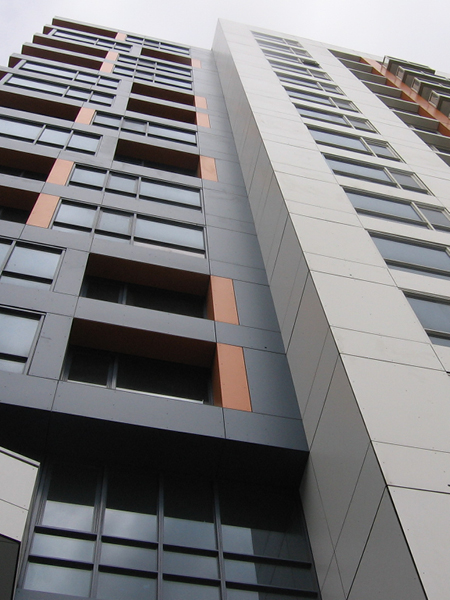Wind Loads: Codes, Design, and Implementation for Buildings and Moored Vessels

The codes and standards for applying wind loads in structural design have changed over the past several decades. Whether for land-based structures or waterborne vessels when performing mooring analyses, various code or standard publishing entities like the American National Standards Institute (ANSI) and the American Society of Civil Engineers (ASCE) prescribe different designs based on expected performance. The changes from one edition of the code to the next can be nuanced, and practitioners should be well-versed in these differences before implementing them in a design. In this webinar, we will cover the changes in design standards or codes from their inception to today and discuss methods and requirements for collecting site-specific wind data, if necessary. We will also review methodologies for creating a time-history wind event for dynamic analyses and share key differences in implementing wind loads for buildings, building components, and mooring analyses for vessels.
LEARNING OBJECTIVES
After attending this webinar, participants will be able to:
- Understand code changes and their intent from ANSI A58.1-1972 to ASCE 7-16, and how to collect site-specific data.
- Identify when code values or event-specific values are necessary.
- Understand how to develop wind time histories.
- Discuss the application of these principles to buildings, building components, and mooring analyses for vessels.
Participants will earn 1.0 AIA CES Learning Unit (LU/HSW) for attending the live webinar. Registration is free. Please note that space is limited – email events@sgh.com to join our waitlist if the session is closed when you register.

